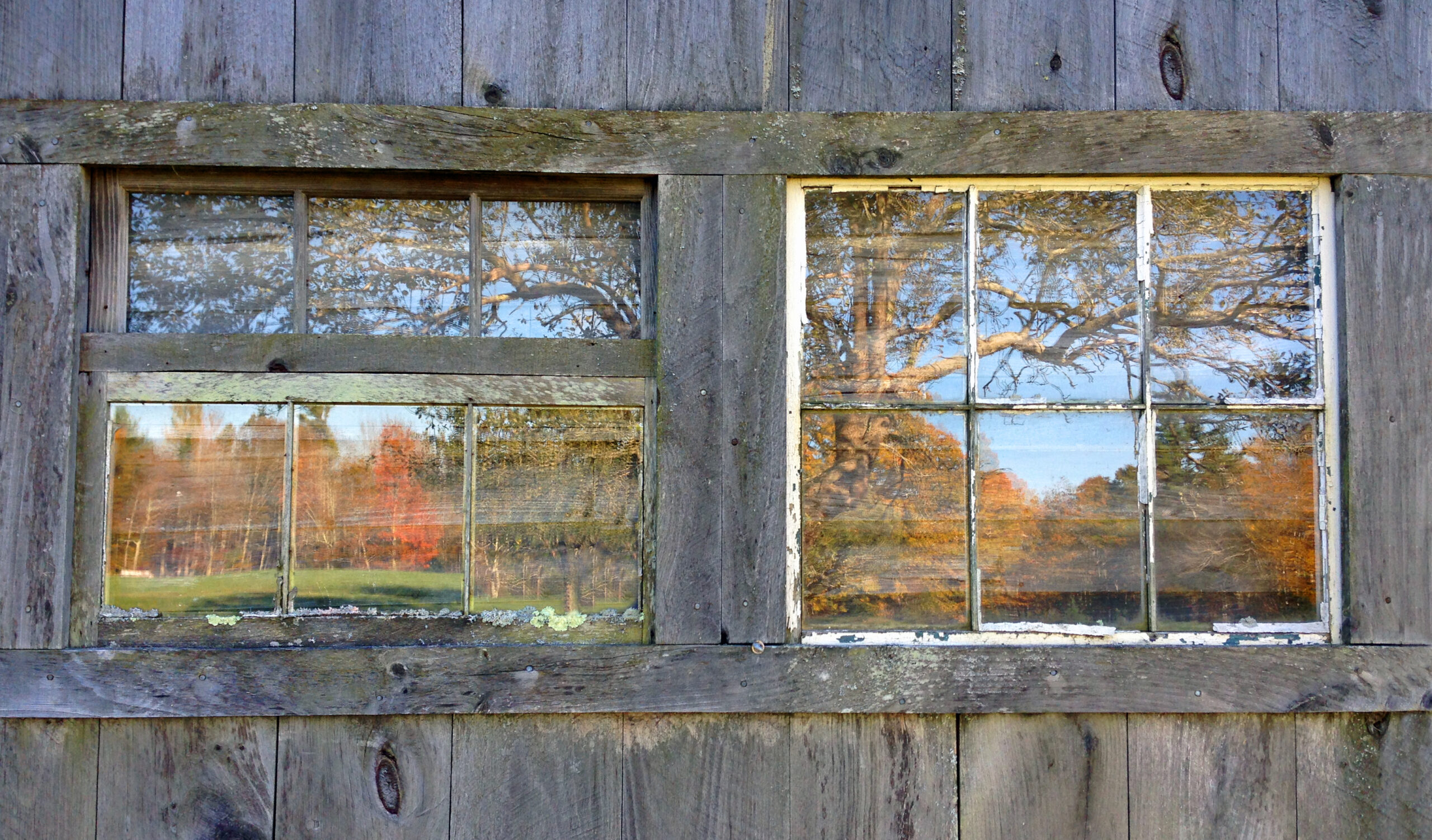
On a personal level
On a personal level, internalized homophobia is very subtle at any age. It is based on the involuntary belief by the LGBTQ+ individual that the homophobic lies, negative stereotypes, and myths about them are true. Internalized homophobia has been defined as ‘the gay person’s direction of negative social attitudes toward the self, leading to a devaluation of the self and result in an internal conflict and poor self-regard.’ (Meyer & Dean, 1998). In repressing their own sexual orientation and gender identity among their family and loved ones there is damage to their sense of self-worth. Feelings of shame, self-hate, self-blame, and self-disgust are inevitable and can surface at different times. In addition, the more LGBTQ+ youth push themselves or are pressured toward staying in or coming out, the more they’ll have to struggle with potential traumatic symptoms.
Discussion – Seligman Aversive Stimuli – Is It Relevant?
Experiencing aversive stimuli in late 2010, these LGBTQ+ teens were significantly vulnerable in their social systems. Therefore, learned helplessness here should be examined in a broader spectrum, and as an indicator of intergenerational trauma.
Root (1992) suggests that racism and discrimination compound the impact of direct or personal trauma by allowing for the oppression of a community of peoples. This “insidious trauma” becomes normalized to the point that the group does not realize how social conditions continue to oppress them. Rather than focusing on a singular event that makes the individual feel unsafe, this insidious trauma leads to a view that the world is an unsafe place for a whole group of peoples (Root, 1992). Dutton (1998) adds that this “matrix of traumatic experiences… may shape the lived experience of a person within a given cultural group”.
In late 2010, oppression, persecution, negative stereotypes, and isolation all contributed to the lack of sense of belonging and feelings of abandonment among the LGBTQ+ community. The young individuals were isolated from the community and the older generation was not able to support the young. Lack of emotional bonding between the young and the old in the LGBTQ+ community, the young generation grew up without a language to express their identities, no knowledge passed to them. No doubt the systemic conditions perpetuate and exacerbate the cycle of abuse.
“Watching the suicide crisis unfold last fall, my husband and I decided that we weren’t going to be shamed out of speaking to LGBT youth anymore. For a long time when an LGBT adult tried to talk to a gay kid, we were accused of recruiting, of being pedophiles. There was a sort of learned helplessness of the persecution of gay and lesbian children by gay and lesbian adults where we felt like we couldn’t address it, like we couldn’t talk to them. And the idea behind the project was for gay adults to talk to queer kids about our lives to give them hope for their futures.” (Savage and Miller, 2011)



